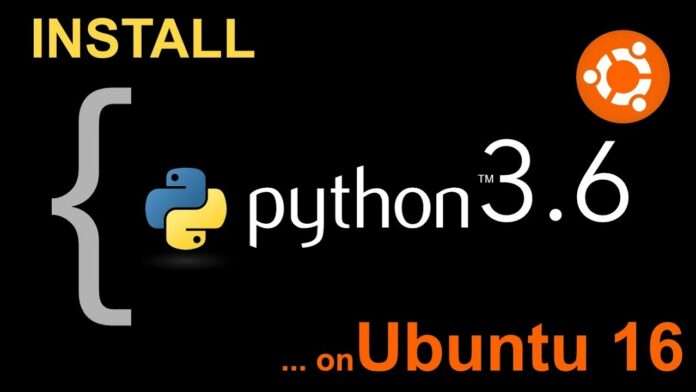Learn how to install Python 3.6 on Ubuntu 16.04 LTS with our step-by-step guide. Python is a powerful, versatile programming language known for its simplicity and extensive libraries. Follow these instructions to set up Python 3.6 on your Ubuntu system today.
Introduction to Python
Python is a versatile, high-level, dynamically-typed programming language developed by the Python Software Foundation. It was initially released on February 20, 1991, and has since gained popularity due to its simplicity, readability, and extensive support for libraries and frameworks.
Installation Steps
While Ubuntu 16.04 LTS comes with Python 2.7 installed by default, we will focus on installing Python 3, specifically Python 3.6. Here are the steps involved:
- Update APT Repository: Before installing Python 3.6, it’s essential to update the APT repository to ensure you have the latest package information.bashCopy code
$ sudo apt-get update - Install Python 3.6: Use the following command to install Python 3.6 on your Ubuntu 16.04 LTS system.bashCopy code
$ sudo apt-get install python3.6 - Verify Installation: After installation, verify that Python 3.6 is correctly installed by checking its version.bashCopy code
$ python3.6 --versionThis command will display the installed Python 3.6 version, confirming a successful installation.
History and Features of Python
Python was created as a successor to the ABC programming language by Guido van Rossum at Centrum Wiskunde & Informatica (CWI) in the Netherlands. It supports multiple programming paradigms, including procedural, object-oriented, and functional programming. Python’s design emphasizes code readability, using indentation and English-like syntax to make it easy to understand and learn.
Conclusion
By following these steps, you can install Python 3.6 on Ubuntu 16.04 LTS and leverage its powerful features for your development projects. Python’s extensive standard library and third-party packages make it suitable for a wide range of applications, from web development to scientific computing.
Installation on Mac
To install Python 3 on macOS, visit this tutorial and follow the provided instructions.
Installation on CentOS
To install Python 3 on CentOS, please refer to the detailed tutorial available at How to Install Python on CentOS. Follow the provided instructions to complete the installation.
Installation on Ubuntu
To install Python 3 on Ubuntu, please refer to the detailed tutorial available at How to Install Python in Ubuntu. Follow the provided instructions to complete the installation.


